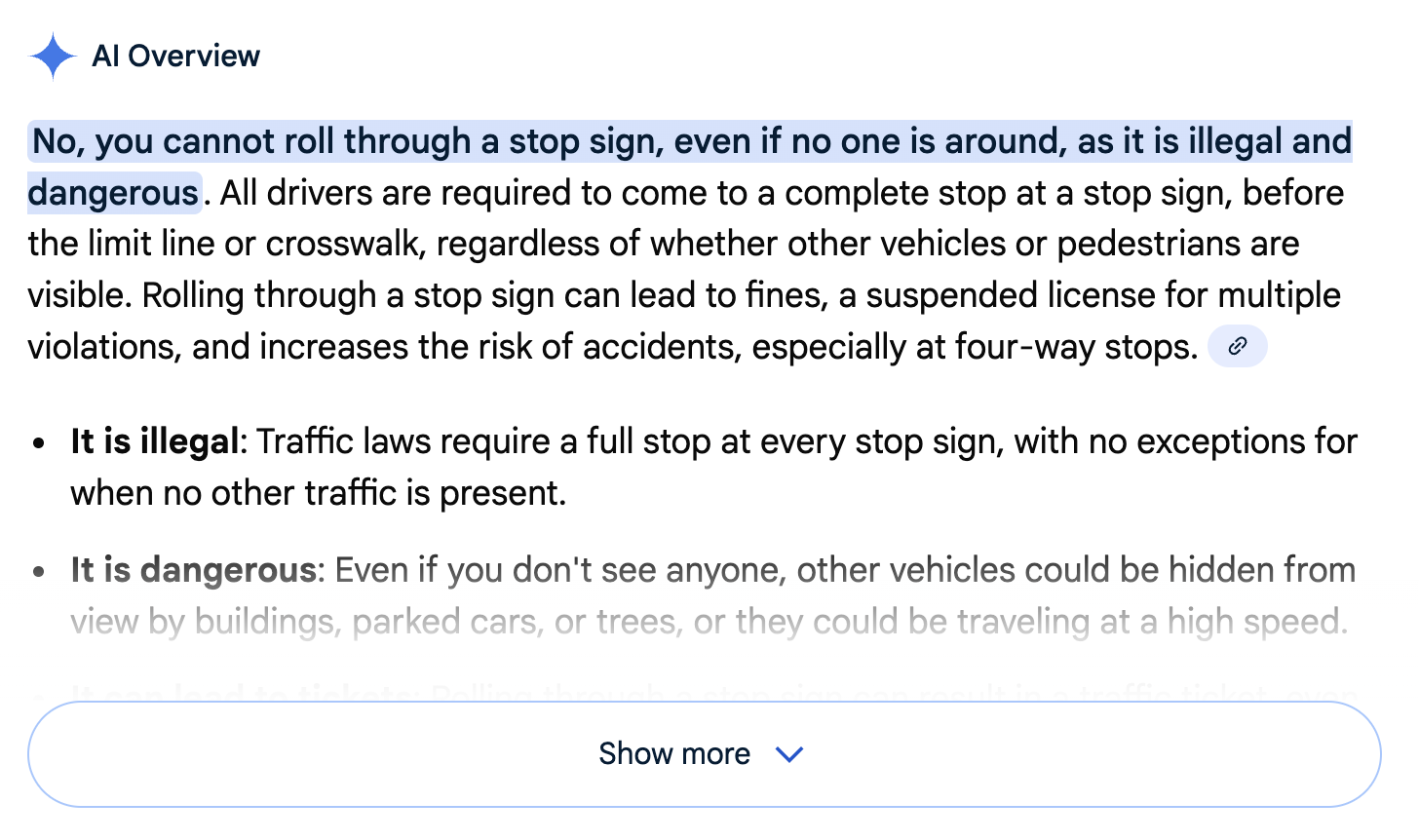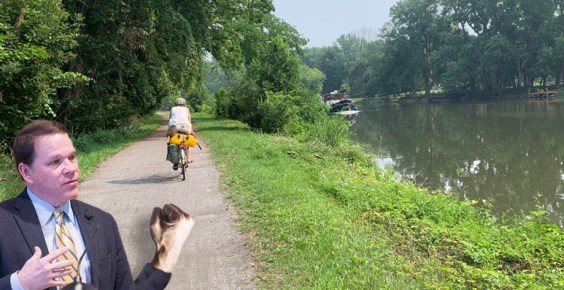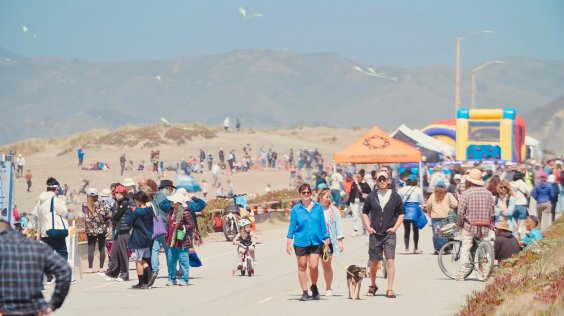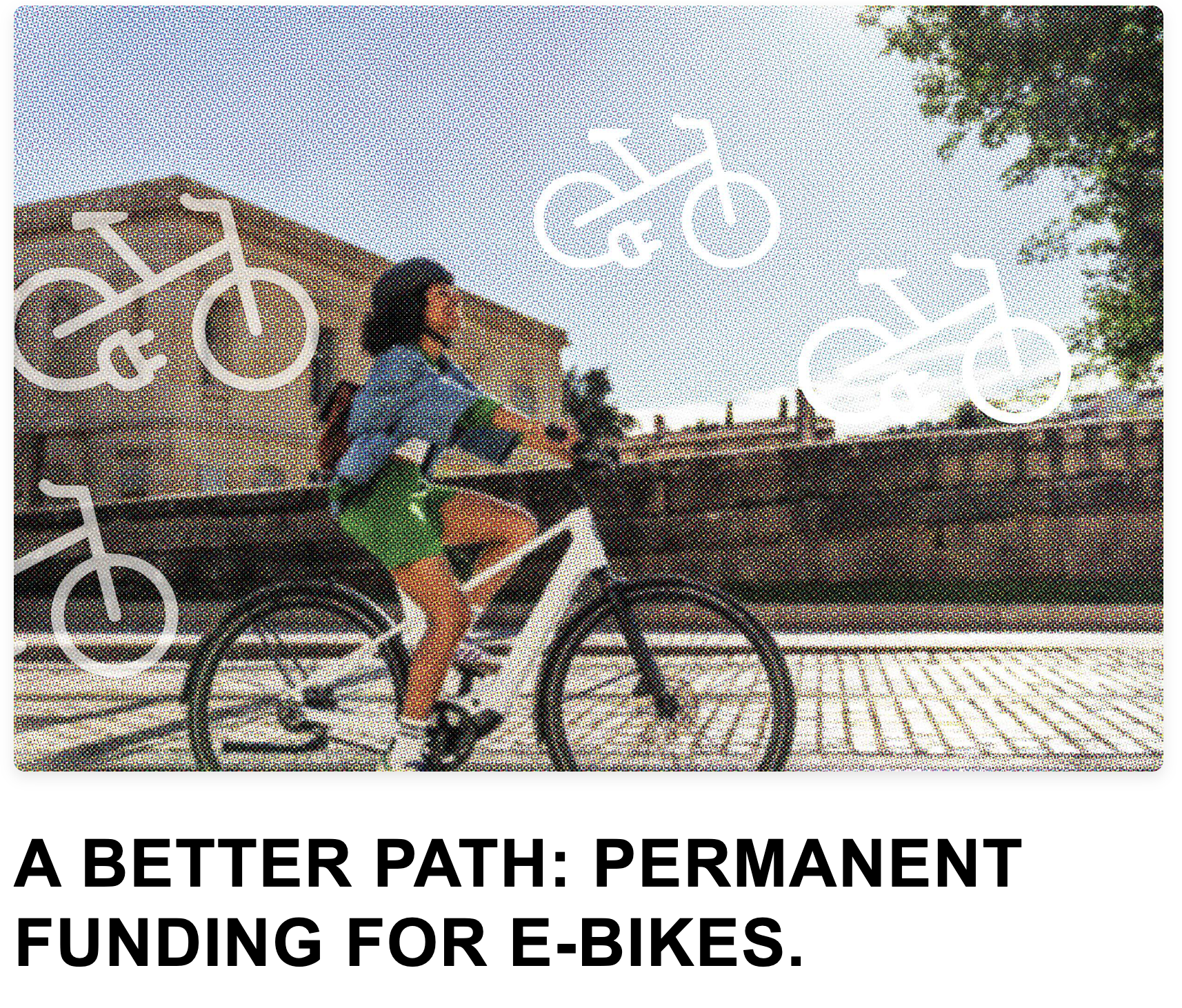
California's Department of Transportation released a list of over 51 cash grants it will allocate for local planning efforts focused on sustainable transportation.
The Sustainable Transportation Planning grants, which range from $50,000 to $500,000 and average somewhere in the middle, will go to cities, counties, transit agencies, tribal governments, metropolitan planning organizations and regional transportation planning agencies throughout the state. The grants depend on final state and federal budgets, but the funds should be available in July, once the state budget has passed. A complete list of the winning plans is available here [PDF], including the amounts awarded for each one. See a sample list at the end of this post.
“I think we've put together a really strong program that helps us promote these goals,” said Katie Benouar, Chief of the Transportation Planning Division at Caltrans. The goals include sustainability, preservation, mobility, safety, innovation, economy, health, and equity.
The planning grants fall into two broad categories: Sustainable Communities and Strategic Partnerships. They include plans and studies for complete streets, connectivity, streetscapes, transit hubs and station areas, corridors, active transportation, and community engagement and outreach throughout the state, including rural and urban areas, on the coast and in the central valleys, and on tribal lands.
The funding for these grants is for planning only, so there are no project development, design, or project delivery grants in this program. This program fills in a key gap for the Active Transportation Program (ATP), which the California Transportation Commission does not want used for planning purposes. At its most recent meeting in March, the CTC reduced the amount of ATP funds that could be used for planning from five to two percent of total program—and even that two percent is only available for certain underserved communities.
But planning is a crucial first step in creating projects that could apply for Active Transportation Program grants. Cities need to develop plans before they can develop more specific projects that could then apply for ATP funds. For example, one of this year's grantees, the Humboldt's Riverwalk Complete Streets and Connectivity Planning Study, could be an excellent candidate for an ATP grant in the future, but without the plan funded by this program would likely have never gotten the Riverwalk plan off the ground.
The 2015 grants emphasize strategic partnerships between agencies and groups, community-based planning, safe routes to schools, connectivity, transit hubs, improved transit services, tribal plans, and broader regional and interregional studies, as well as public engagement.
The Sustainable Transportation grant program was revamped and updated this year to reflect new Caltrans mission and vision statements, as well as the goals of its Strategic Management Plan. A chart available on the Caltrans website [PDF] ties each awarded grant to the goals it aims to achieve.
Another benefit of these grants, in addition to promoting good planning, is that many of them will contribute to statewide knowledge that can be applied elsewhere. For example, one of this year's grantees is the Santa Cruz County Regional Transportation Commission, for a transportation prioritization plan for the county. The project will use innovative outreach techniques not just to engage a broad cross section of the community, but also to develop a “public engagement toolkit” that can be used by Caltrans and other groups throughout the state.
“Overall one of the things that we're working on is making sure we're learning from these experiences, and are advancing overall our transportation planning practice and with our partners,” said Benouar.
Many of the grants create partnerships that give community groups opportunities to work with agencies. One example is the South Los Angeles Active Streets Plan, which won one of the larger grants of $424,000 for SCAG, the Los Angeles County Bicycle Coalition, and TRUST SouthLA to solicit community input and develop concept plans for bicycle and pedestrian safety improvements. The concept plans need to be consistent with the City’s 2010 Bicycle Plan and draft Mobility Plan 2035’s neighborhood network, and the community input will help ensure that they are also in line with community needs.
The application process has also been streamlined. In the past, two different units handled the two different planning grants. This year, one application grant guide consolidates information about all the eligibility requirements, which vary based on different funding sources. For example, federal funds have certain matching requirements that must be met, depending which program they're from and what they're used for, but state programs may not have those same requirements.
“We're very pleased with the way we've been able to streamline to simplify the process for applicants,” said Benouar. “In the past, the grants have been administered by different units, and it could be a challenge to combine them. For some of the smaller communities, or community-based groups that might partner with agencies, it might be overwhelming. Consolidating the grants into one unit and streamlining and expediting our review and award process has been very useful to communities and agencies at the early planning stage.”
Also, announcing the awards now allows them to prepare paperwork and hire consultants so that once funds are available in July―again, depending on the state budget―they can be ready to start, she said.
“This is something we got feedback on in the past, when grantees learned about their awards after the fiscal year had already started. We've tried to speed up the process,” Benouar concluded.
For the 2015 grants, Caltrans received 190 applications asking for a total of $41 million, and awarded grants to 51 of them. The relatively small number of awardees was largely due to funding limitations. But it doesn't end there for those who didn't receive grants. Caltrans has set up interviews with unsuccessful applicants, to discuss how their future applications can be strengthened to help them—and Caltrans—meet state goals.
Below is a sample list of some of the plans that won grants, with the full list available here.
- Humboldt Riverwalk Complete Streets and Connectivity Planning Study
- Willits Main Street Corridor Enhancement Project
- Lake County Transit Hub Location Plan
- El Dorado County Active Transportation Connections Study
- Elk Grove Multimodal Station Feasibility Study
- SACOG/MTC Interagency Household Travel Survey Program
- San Francisco Community Engagement for an Equitable Muni
- Tulare Bike and Stride Outreach Program
- Tule River Tribe Comprehensive Master Plan
- Los Angeles River Bikeway Feasibility Study
- City of Fontana Active Transportation Plan
- Calexico Bicycle Master Plan Update
- SANDAG Flexible Transportation for Seniors





